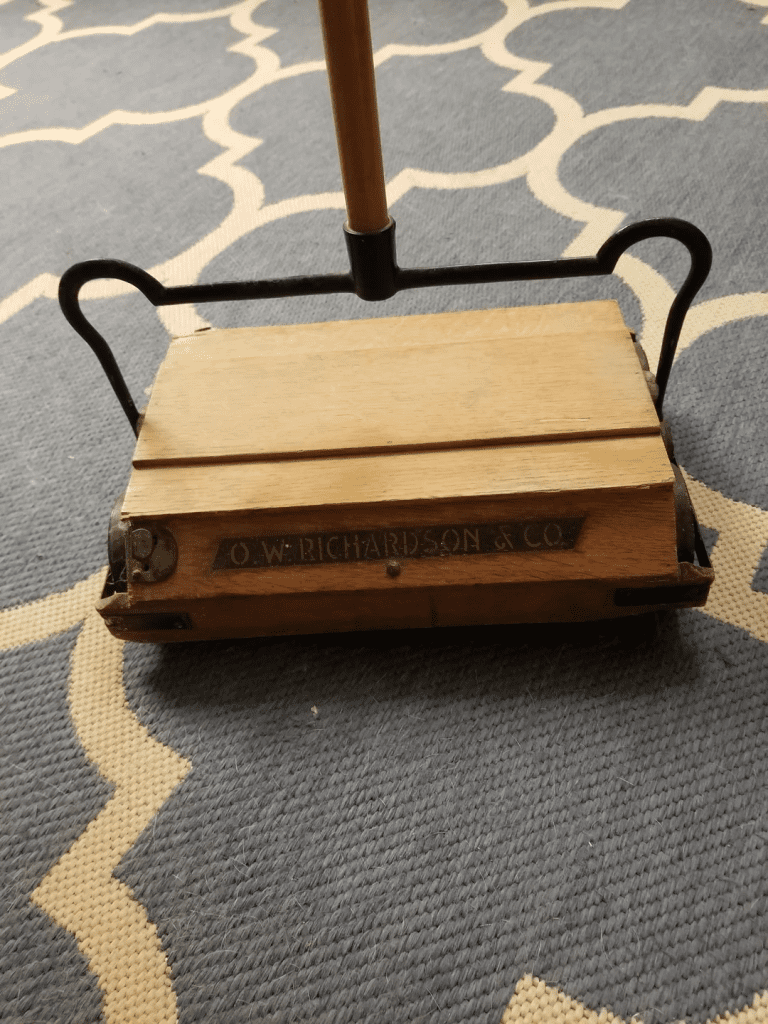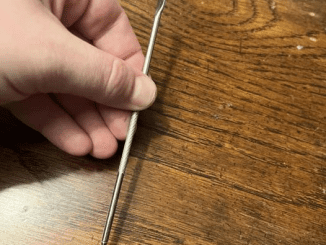The origins of the carpet sweeper date back to the mid-19th century. As carpets became a popular feature in middle-class homes, the need for an efficient cleaning solution became apparent. In 1860, an innovative inventor named Daniel Hess from West Union, Iowa, patented the first manual carpet sweeper. His design featured a rotating brush and a bellows mechanism for suction, setting the stage for future developments.

However, it was Melville Bissell who truly revolutionized the carpet sweeper in 1876. Frustrated with the cumbersome task of cleaning sawdust from his crockery shop, Bissell invented a more practical and effective carpet sweeper. His design included a simple mechanical system of rotating brushes that collected dirt and debris into a dustpan-like container. The Bissell Carpet Sweeper quickly gained popularity, and the Bissell Company was established to manufacture and distribute this innovative cleaning tool. Over the years, Bissell continued to improve the design, making it more efficient and user-friendly.
The vintage carpet sweeper was prized for its simplicity and effectiveness. Unlike today’s electric vacuum cleaners, early carpet sweepers required no electricity, making them an ideal solution for households without access to power. They were lightweight, portable, and easy to use, making them accessible to a wide range of people.
Operating a carpet sweeper was straightforward: users pushed the device back and forth across the carpet, and the rotating brushes swept up dirt and debris into an internal compartment. Carpet sweepers were perfect for quick clean-ups and maintenance between more thorough cleanings. They were especially useful for removing crumbs, pet hair, and dust from carpets and rugs, ensuring a tidy living space without the need for heavy lifting or complex technology.
Moreover, carpet sweepers were virtually silent, providing a welcome alternative to the loud vacuum cleaners that would eventually follow. This made them a popular choice for households where quiet was valued, such as during early morning or late-night cleaning sessions.
Although modern vacuum cleaners have largely overshadowed the carpet sweeper, its legacy endures in several ways. First and foremost, the carpet sweeper laid the groundwork for the development of vacuum technology. The principles of mechanical brush systems and debris collection that originated with carpet sweepers informed the design of early vacuum cleaners.

The Bissell Company, founded on the success of the carpet sweeper, remains a prominent name in the cleaning industry. Their continuous innovation and dedication to improving home cleaning solutions are rooted in the legacy of their original invention. Additionally, some contemporary carpet sweepers still exist, catering to niche markets that appreciate their simplicity, affordability, and eco-friendliness.
In recent years, the carpet sweeper has experienced a resurgence in popularity among vintage enthusiasts and those seeking sustainable alternatives to modern cleaning appliances. As society becomes more conscious of environmental impact and energy consumption, the manual carpet sweeper is being rediscovered as an eco-friendly cleaning option. Its efficient design and ease of use have once again captured the interest of those who appreciate timeless tools that stand the test of time.
The vintage carpet sweeper is more than just an antiquated cleaning tool; it is a symbol of innovation and progress in household technology. Its history is a testament to human ingenuity and the desire to simplify daily tasks. The carpet sweeper’s legacy lives on, reminding us of the enduring impact of a simple yet effective invention that once revolutionized the way people maintained their homes. Whether as a functional cleaning device or a nostalgic relic, the vintage carpet sweeper continues to hold a special place in the annals of domestic history.


